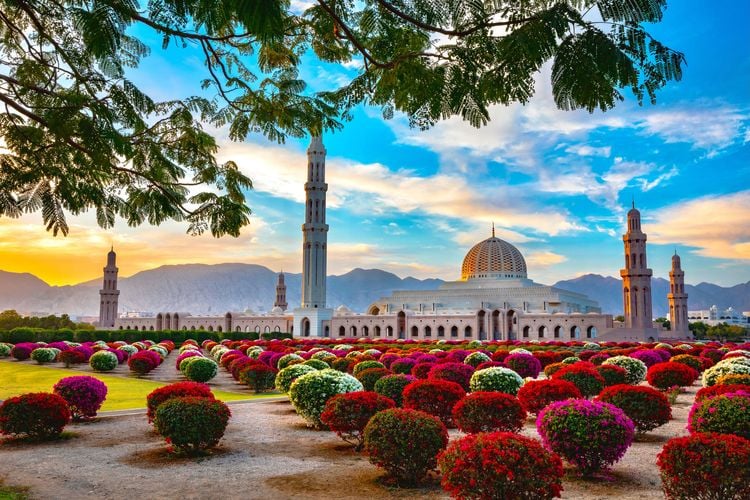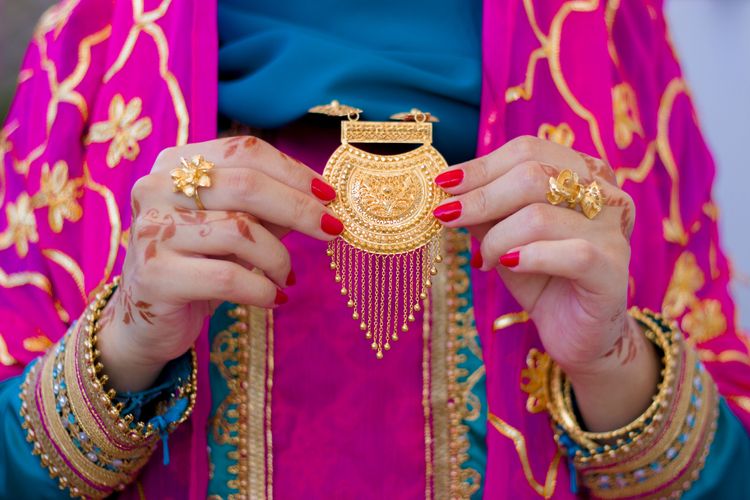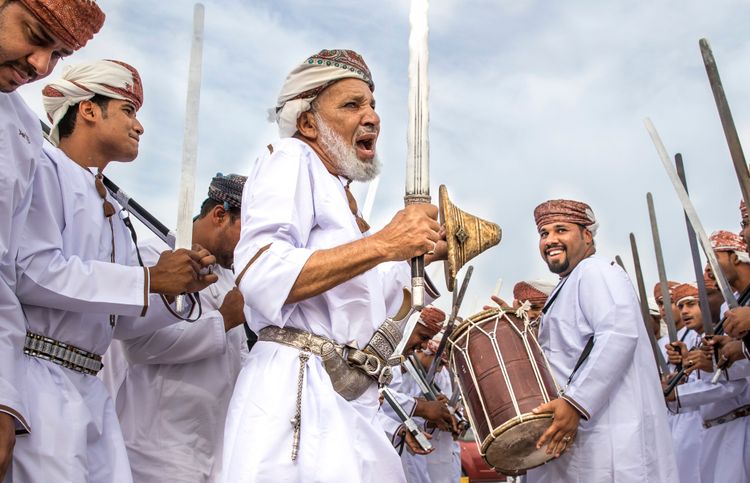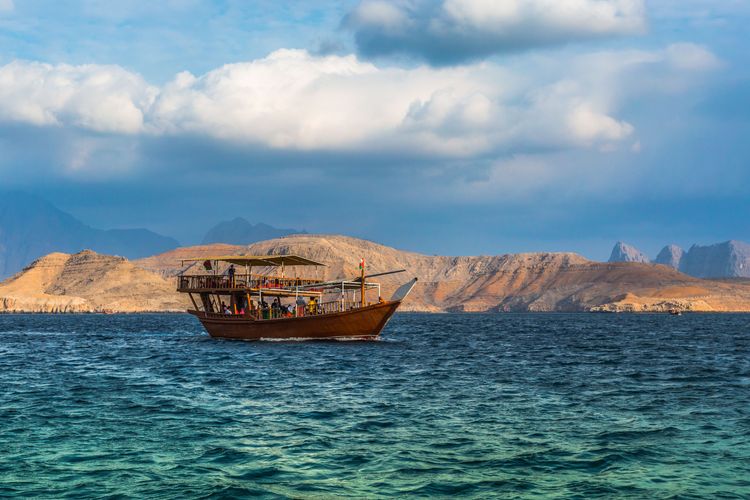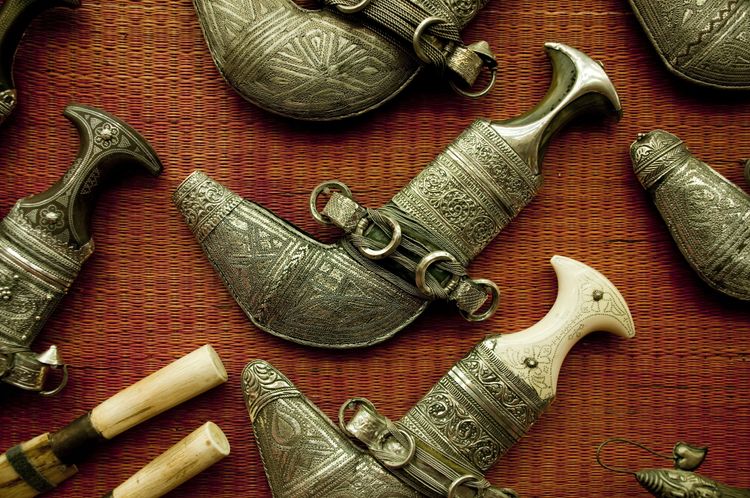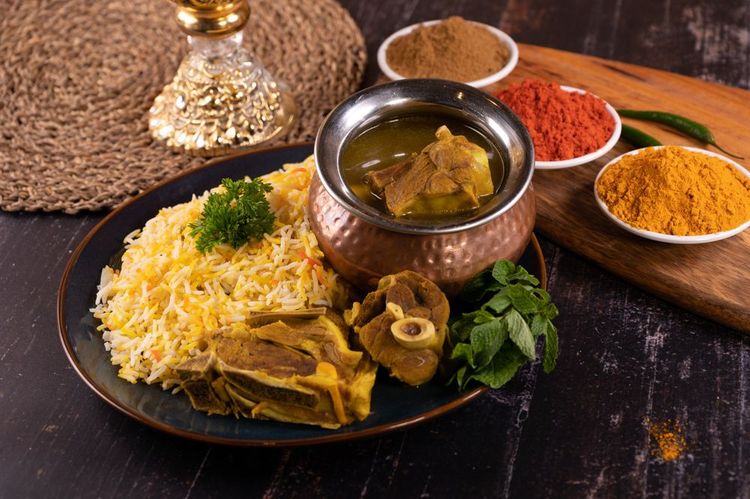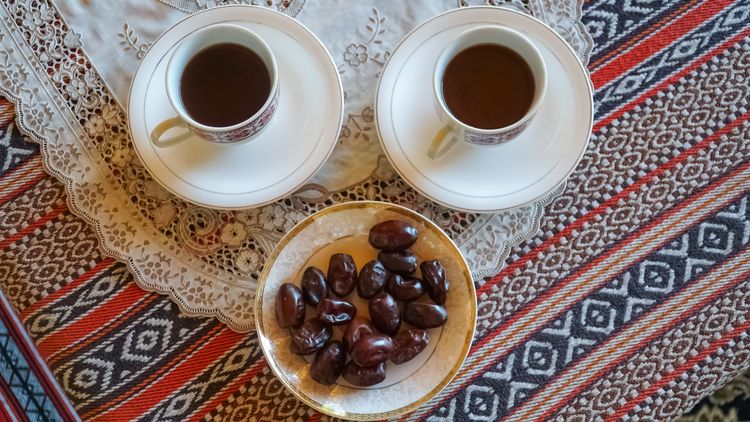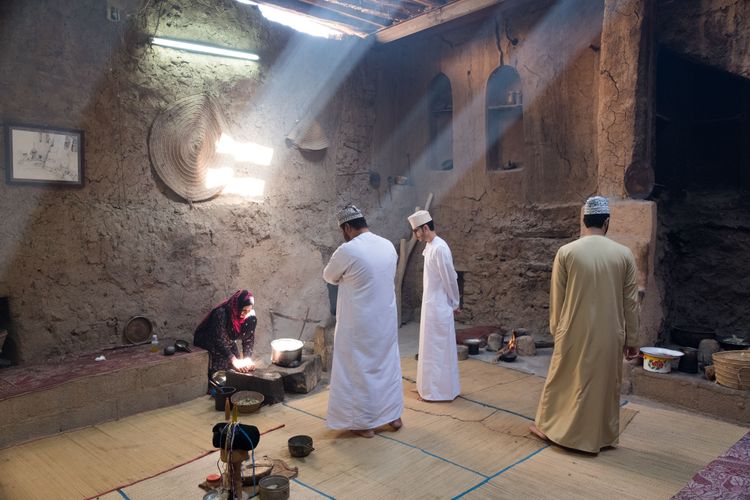Oman is a crossroads of many influences. Between Africa, the Middle East and Asia, the cultural origins of the Sultanate of Oman are rich and varied! Despite the apparent modernity of much of the country, Oman has remained very traditional. In the villages, whether inland or on the coast, daily life has hardly changed since centuries past.
With an eclectic population of more than three million, the Sultanate of Oman is notable for its many historical relics. Whether you're a lover of history, architecture or encounters, Oman invites you to retrace the country's fascinating history through a wide range of cultural and heritage visits.
The Omanis also have a tradition of hospitality, and this is probably the most striking feature of a stay in Oman. So don't hesitate to meet the locals, who are very tolerant and open to Westerners. In the villages, it's not uncommon to come across them in traditional dress. Men, for example, still often wear the dichdacha, a long, loose, bright blue shirt, with the khanjar dagger hanging from the belt.
